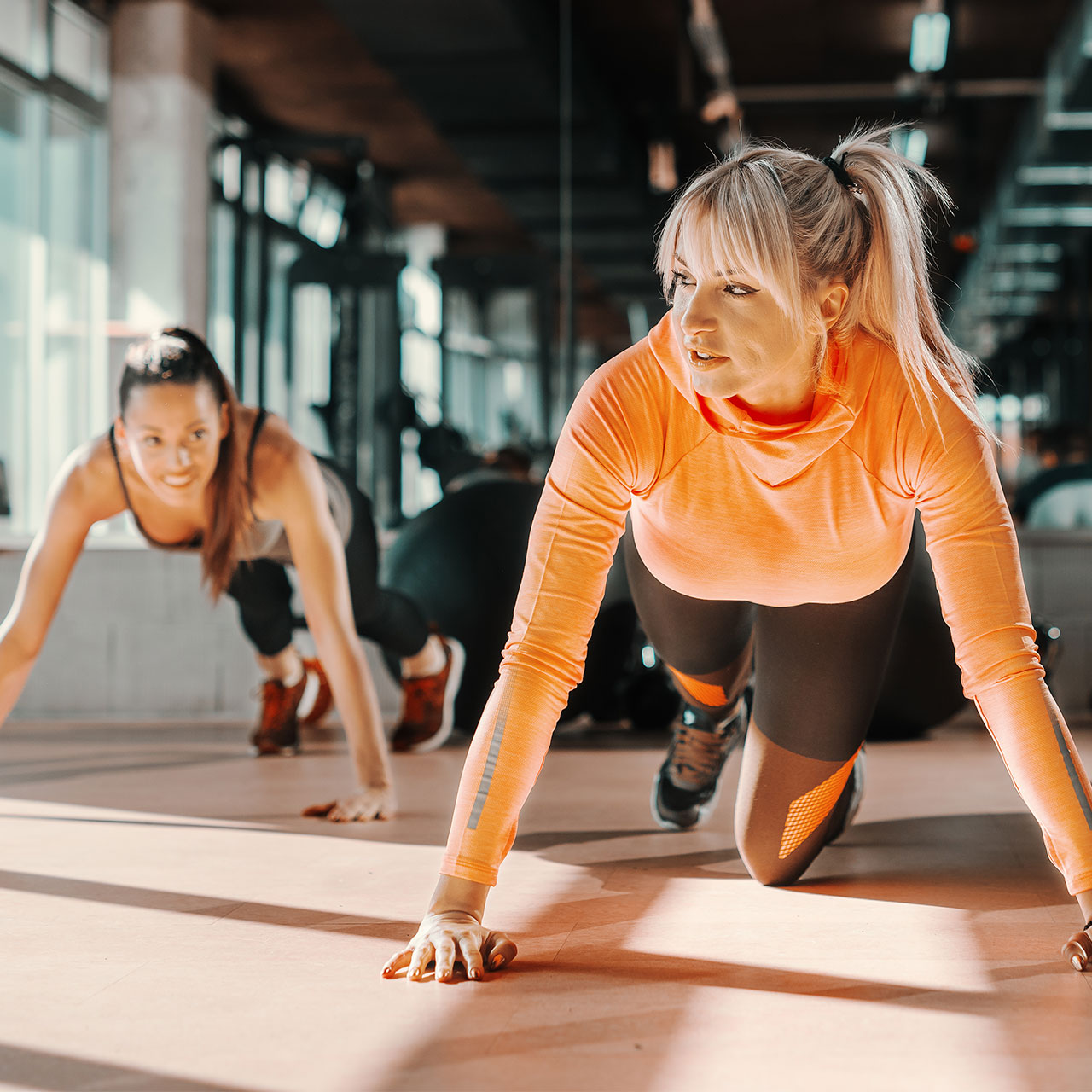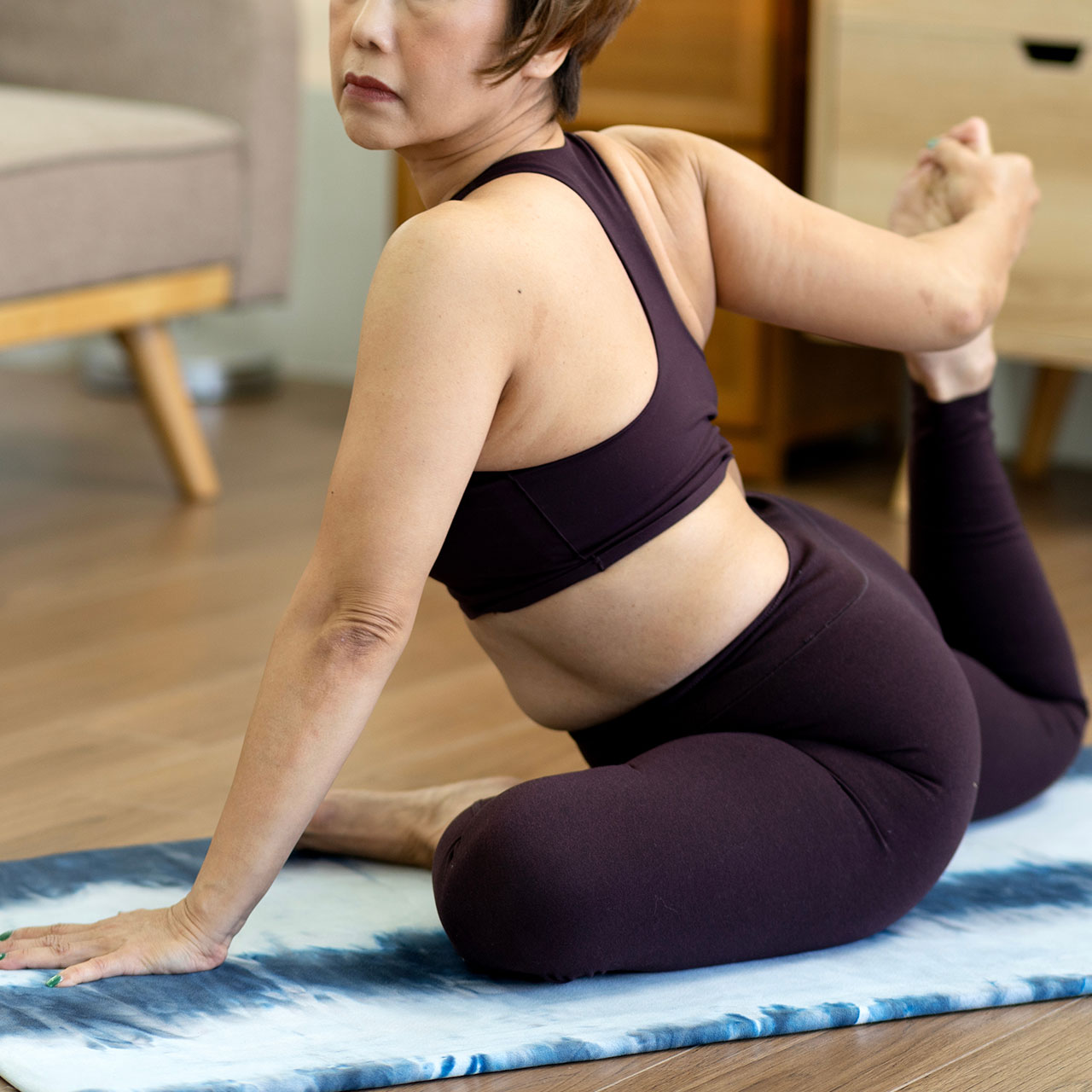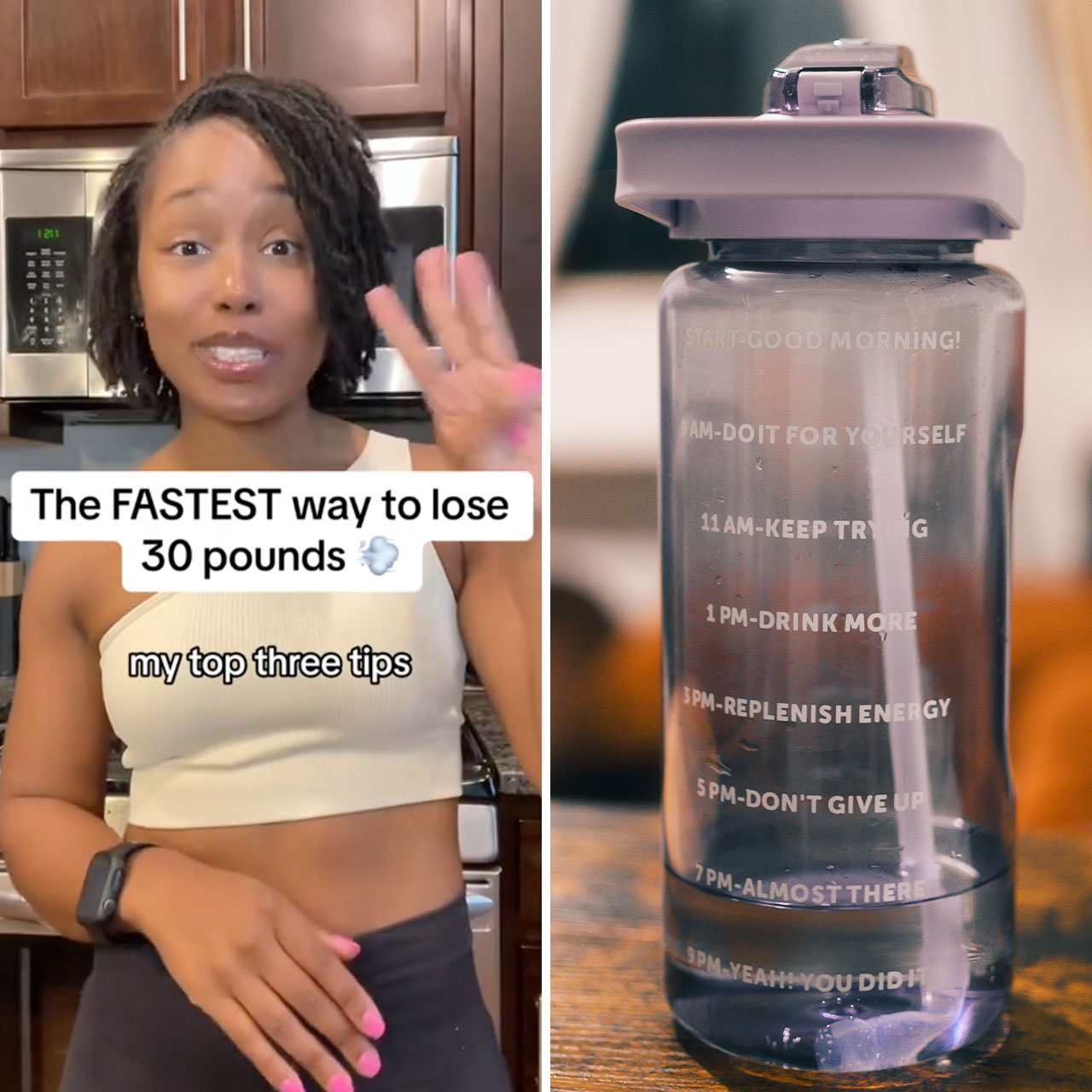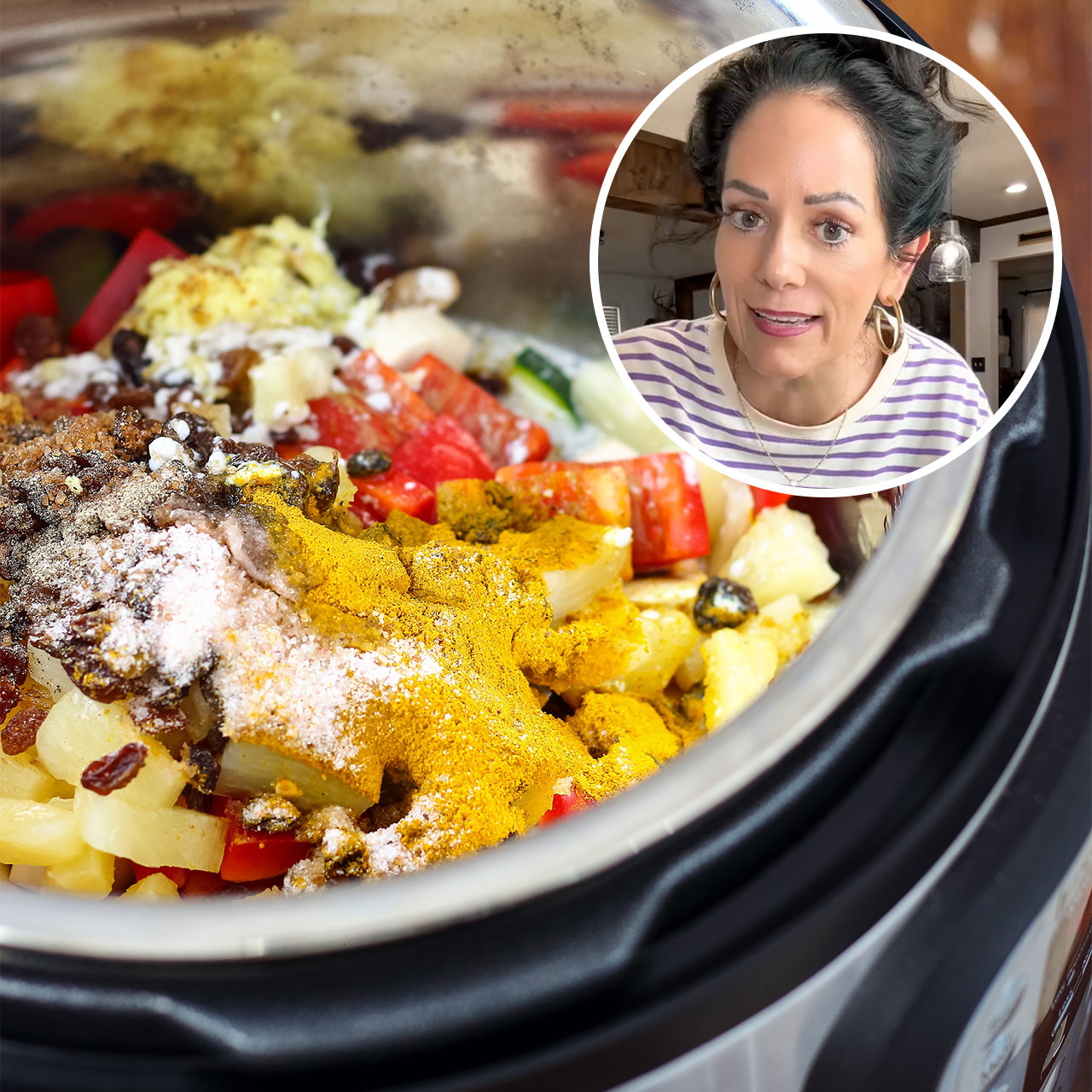As you age, your body will undergo lots of unexpected physical changes, from differences in hair and skin texture to loss of bone density and muscle. The two latter can have a major impact on your physical performance, not just when exercising but also your ability to do everyday tasks. “Unfortunately, declining bone mass and loss of muscle mass, also known as sarcopenia, are both a natural part of aging.” Says Dr. Erin Barrett, PhD nutritional biochemist and Director of Scientific Affairs and Product Innovation at Shaklee.


We reach our peak bone mass in our late twenties, but it only decreases from there, as we start to lose 3-5% each decade from that point on. “Women have an accelerated loss of bone mass in the first five years after menopause. Inadequate intake of calcium and Vitamin D contribute to bone loss as does lack of weight-bearing exercise. Smoking, low body weight, and use of certain medications, especially steroids (cortisone) can also increase the risk of developing osteopenia or osteoporosis.” Dr. Barrett says.
While you can’t turn back the clock, leading a healthy lifestyle can help slow down the loss of bone density and muscle tone that comes with aging. One essential component of this is ensuring you’re getting enough protein in your diet. “Along with adequate calcium and Vitamin D, protein is extremely important. Protein makes up about a third of your bone density,” Dr. Barrett says, “Also, exercise breaks down your muscle so optimum intake of protein in your diet is essential to retaining and building muscle.”
Many of us have been fed the notion that a restrictive diet is key to staying lean and fit, but this is one common misconception that Dr. Barrett makes a point to refute. It can actually be a major factor in increased decline of your bone and muscle health. “What most people don’t know is that chronic yo-yo dieting is the most significant cause of sarcopenia. When you lose weight, up to 40% comes from your muscle mass. Since your muscle mass determines your metabolic rate, loss of muscle mass slows down metabolism making it all too easy to regain your weight—thus the vicious cycle of yo-yo dieting.” Being sure you’re eating a hearty diet that’s rich in protein is essential for feeling your best in the long term. We asked Dr. Barrett what protein sources she recommends for protecting the longevity of your bones and muscles.
Shaklee Life Shake
“Protein shakes are one of the easiest and best ways to increase your protein intake. Life Shakes deliver 20 grams of plant-based non-GMO protein along with added leucine,” Dr. Barrett says, “They are low glycemic, gluten-free, vegan, and absolutely delicious! Mix 2 scoops with 8 oz of nonfat milk or your favorite milk-alternative (like oat milk) and half a banana or handful of frozen berries. Blend and enjoy!”
Greek Yogurt
“Greek yogurt is another great protein-rich food,” Dr. Barrett explains, “It generally contains 14-16 grams of dairy protein which is twice as much protein as regular yogurts. Create a berry parfait for breakfast by layering the yogurt with fresh or frozen blueberries, raspberries, and/or strawberries. I add a quarter cup of almonds for a yummy crunch.”
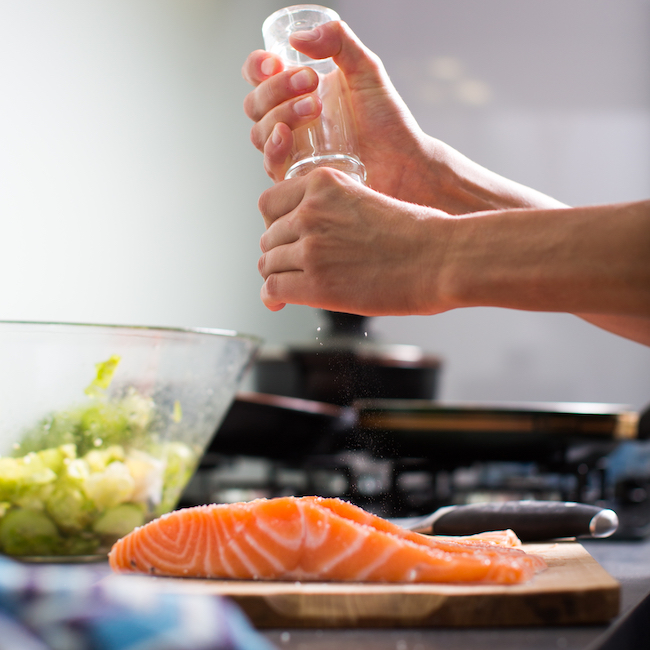
Salmon
“Salmon is another high protein gem providing not only protein but also is a great source of heart-healthy omega-3 fatty acids. A 3 oz piece of salmon delivers about 17 grams of protein and only 121 calories,” Dr. Barrett says, “A great meal is as easy as throwing your grilled piece of salmon on top of a plate of mixed greens, sliced mushrooms, and cherry tomatoes. Drizzle with balsamic vinegar and a tiny bit of olive oil and you have a satisfying and super-healthy lunch or dinner!”
Eating well doesn’t have to be time consuming, expensive, or flavorless. There are lots of ways to up your protein intake that are easy, like a protein shake, and delicious, like grilled salmon. Instead of focusing on what you should cut out, you should think about all the delicious options you can add that will keep you full, satisfied, and with long lasting energy.


